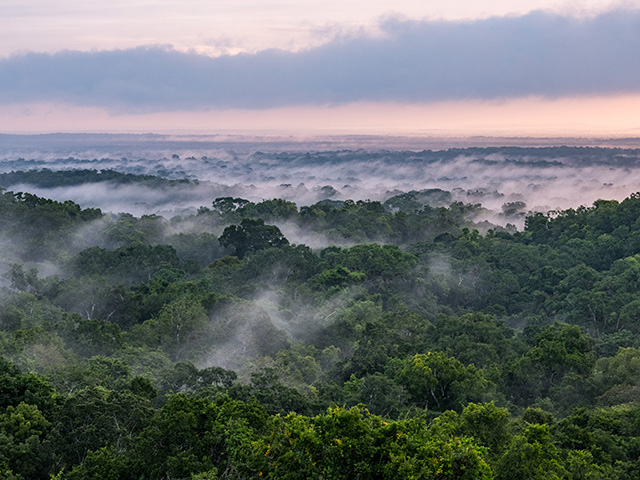News | April 2, 2013
Earth from orbit in 2012
NASA's fleet of Earth-observing satellites constantly circle the globe, completing their orbits every 90 minutes. They give us invaluable information about everything from our weather and climate, to the way we use our land, to the air we breathe. This video highlights some of the newest satellites in the fleet, including the versatile Suomi National Polar-orbiting (NPP) satellite, a partnership between NASA and the National Oceanic and Atmospheric Administration, and Aquarius, which measures sea surface salinity and is a joint project between NASA and the Space Agency of Argentina. While many of the images are "true color" or photorealistic in nature, this video also includes data visualizations, which help scientists see data in useful new ways, and computer models, which help us understand interconnected Earth systems and make projections into the future.
Curious about what images we used in this video? Here's a list, in order, of all of the images we used and links for each one where you can find out more.
› NPP "Blue Marble"
› Time-lapse from International Space Station
› NPP daytime view followed by night views
› Arctic Peninsula
› Linear Dunes
› Grande Terre
› River Outflow to the Kara Sea
› Bylot Island Comparison
› Crop Circles in the Desert
› Crack in the Pine Island Glacier
› Tiny Shrimp, Big Changes
› Petermann Ice Island 2012
› Aquarius data swath and sea surface salinity on rotating globe
› United States Active Fires 2012
› Gulf Stream Sea Surface Currents and Temperatures
› Daily 2012 ozone hole
› Daily Sea Ice During August and September 2012 with Winds
› Circulation of Ocean Currents around the Western Antarctic Ice Shelves
› Hurricane Sandy's Winds
› Aerosols from GEO-5 Nature Run Collection
› Moonset Time-Lapse from International Space Station





